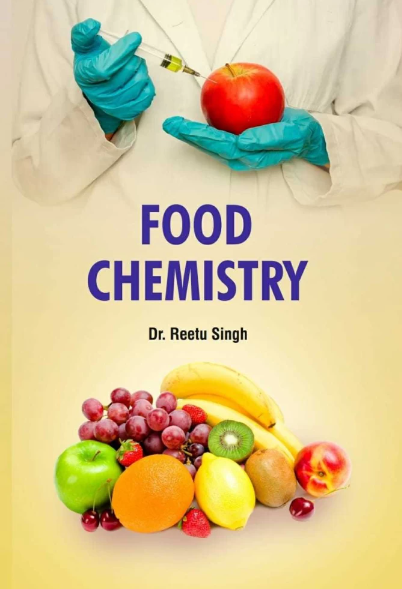Recent advances in detection techniques and chemometric methods for identifying adulterants in milk and dairy products
IF 8.5
1区 农林科学
Q1 CHEMISTRY, APPLIED
引用次数: 0
Abstract
Milk adulteration poses a significant threat to food safety, driven by increasing global demand for milk and dairy products, particularly in developing countries. Supply limitations, compounded by challenges like pandemics and livestock diseases such as mastitis, often lead to unethical practices that compromise product quality and consumer health. Adulterants, including preservatives, non-milk fats, thickening agents, nitrogen-based compounds, and surfactants, are intentionally added to mimic natural properties or enhance the solid-not-fat (SNF) content of milk. Advanced detection techniques, such as spectroscopy, chromatography, biosensors (protein and DNA-based), and electromigration methods like SDS-PAGE, have emerged as critical tools for identifying these adulterants. Innovative approaches, including electrical sensors like electronic noses and tongues, further enhance detection accuracy. This study highlights recent advancements in instrumental techniques alongside the pivotal role of chemometric methods in analyzing complex datasets, improving precision, and ensuring reliable detection, offering insights into current progress, challenges, and opportunities in safeguarding milk integrity.
由于全球,尤其是发展中国家对牛奶和乳制品的需求不断增长,牛奶掺假对食品安全构成了重大威胁。供应方面的限制,加上大流行病和乳腺炎等牲畜疾病的挑战,往往导致不道德的做法,损害产品质量和消费者健康。掺杂物,包括防腐剂、非乳脂肪、增稠剂、氮基化合物和表面活性剂,被有意添加到牛奶中,以模仿牛奶的天然特性或提高牛奶中的固态非脂肪 (SNF) 含量。先进的检测技术,如光谱学、色谱法、生物传感器(基于蛋白质和 DNA)以及电迁移方法(如 SDS-PAGE),已成为识别这些掺假物的重要工具。包括电子鼻和电子舌等电子传感器在内的创新方法进一步提高了检测的准确性。本研究重点介绍了仪器技术的最新进展,以及化学计量学方法在分析复杂数据集、提高精确度和确保可靠检测方面的关键作用,深入探讨了保障牛奶完整性方面的当前进展、挑战和机遇。
本文章由计算机程序翻译,如有差异,请以英文原文为准。
求助全文
约1分钟内获得全文
求助全文
来源期刊

Food Chemistry
工程技术-食品科技
CiteScore
16.30
自引率
10.20%
发文量
3130
审稿时长
122 days
期刊介绍:
Food Chemistry publishes original research papers dealing with the advancement of the chemistry and biochemistry of foods or the analytical methods/ approach used. All papers should focus on the novelty of the research carried out.
 求助内容:
求助内容: 应助结果提醒方式:
应助结果提醒方式:


